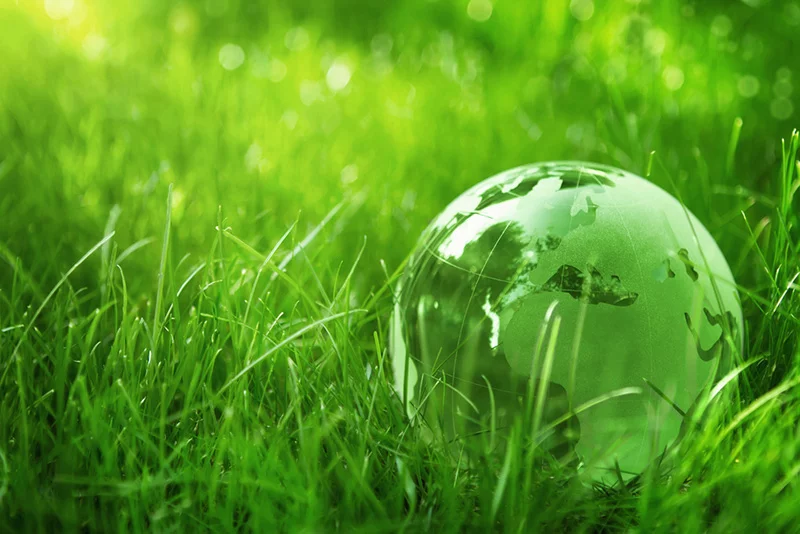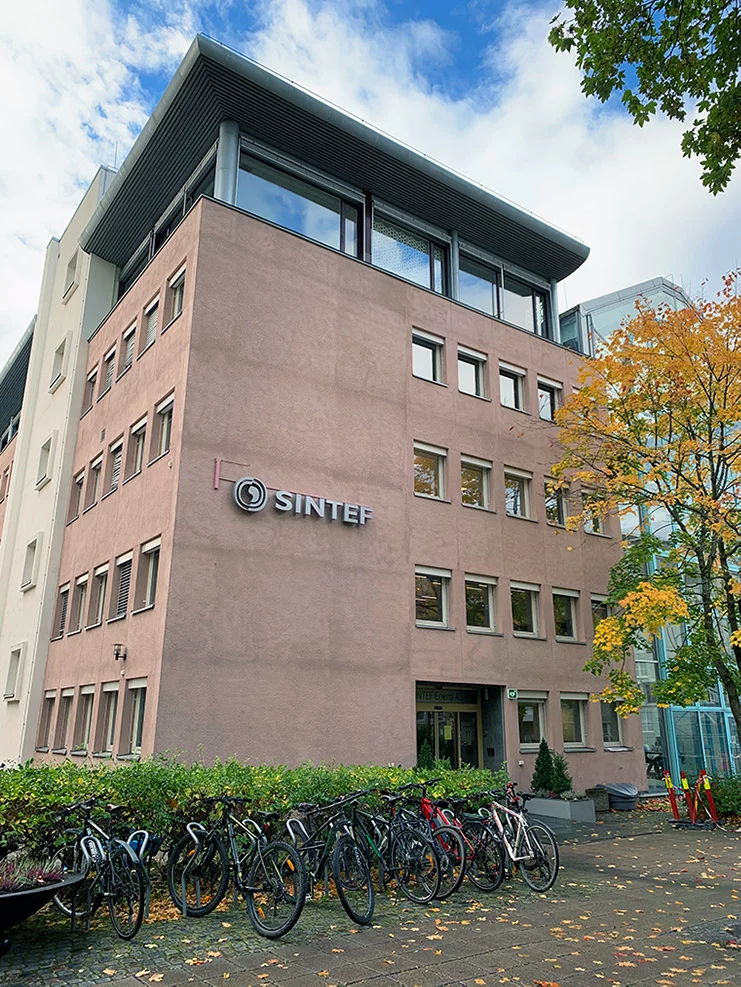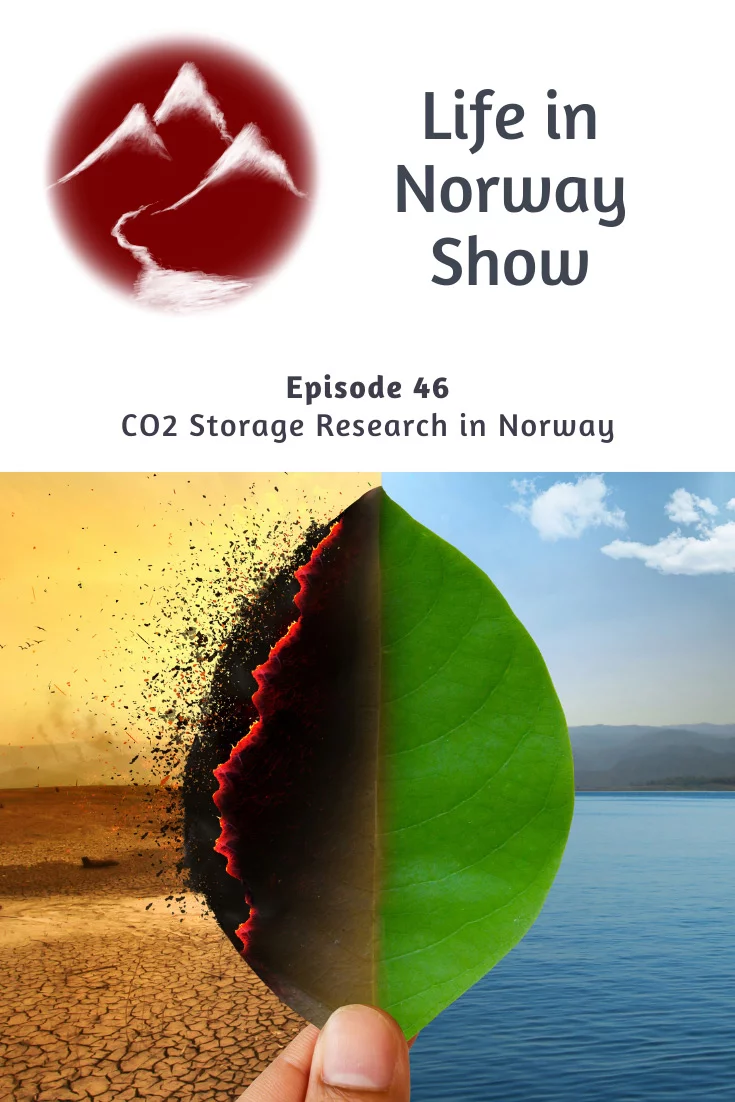
Life in Norway Show Episode 46: An American researcher living in Norway joins the show to talk about carbon capture and storage technologies.
Norway is about to buy into the concept of CO2 capture, transport and storage in a big way. The government has announced plans to plunge $1.8 billion of public money into a full-scale implementation of the technologies, known collectively as CCS.
American research scientist Amy Brunsvold has lived in Norway for more than 10 years, and now works at SINTEF Energy Research in Trondheim. She is on the management team of the Norwegian CCS Research Centre (NCCS) so is well placed to explain it all to us.
We look at what CCS is and why Norway is spending so much money on it. Of course we also chat about what it's like to work as a research scientist in Norway, and what Amy thinks of life in Norway.
Listen to the show
You can listen to the show using the web player below, or on your podcast player of choice. This includes: Apple Podcasts, Stitcher, YouTube (audio only), and now Spotify. Simply search for ‘life in Norway' on your platform of choice to get started.
Wherever you listen, don't forget to hit ‘subscribe' to ensure you don't miss an episode!
Here are some highlights from Amy's interview:

CCS explained: Carbon capture, transport and storage
CCS stands for carbon capture and storage. The carbon part is the greenhouse gas, carbon dioxide or CO2, which is emitted when we burn oil and gas, and when we create products from cement, steel, and other kinds of heavy industry. It's a suite of technologies really, that can capture the CO2 from the emission sources, transport it using pipelines or ships, then safely store it under the Earth's surface.
Why Norway is investing so much money in CCS
We know we need CCS if we're going to reach our climate goals, both nationally internationally. We know that we need everything we have, that's renewables, increasing energy efficiency and CCS to do so. But at the moment there's no real business case for implementing CCS, so to make it happen we need to kickstart it with public funding.
What's interesting about the Norwegian concept is the plan to develop an open access infrastructure. So if we can develop and build the transport and storage infrastructure for CO2, then not only can we implement CCS in Norway to reduce our emissions and create green products, we can also accept CO2 from other sources in Europe.
It's also a great opportunity to to create and maintain jobs in the future.

The Norwegian CCS Research Centre (NCCS)
NCCS is a centre of excellence partly funded by the Norwegian Research Council and a consortium of industry partners. NCCS brings together all this industry expertise together with researchers and students to work on research and innovation projects to overcome some fo the key technical barriers that have been identified in demonstration projects.
We are trying to fast-track the deployment of CCS by studying the R&D challenges today to help us to deploy CCS faster in the future.
Working as a researcher in Norway
My experience in Norway is that work-life balance is incredibly valued here. That's something that I just can't imagine I would have back in America. Norway is a place where I can have a career, but I can also have time for my family. And for me, that's really important.
We live close to nature. So it's always nice to go down to the river and have a picnic and just get away from it all.
Links from the show
Some of the things we spoke about during the interview:
- Research Jobs in Norway
- SINTEF Energy Research
- SINTEF Blog
- Norwegian CCS Research Centre
- The Safety of CO2 Storage
If you enjoyed this show, why not share it on Pinterest so others can find it too?


